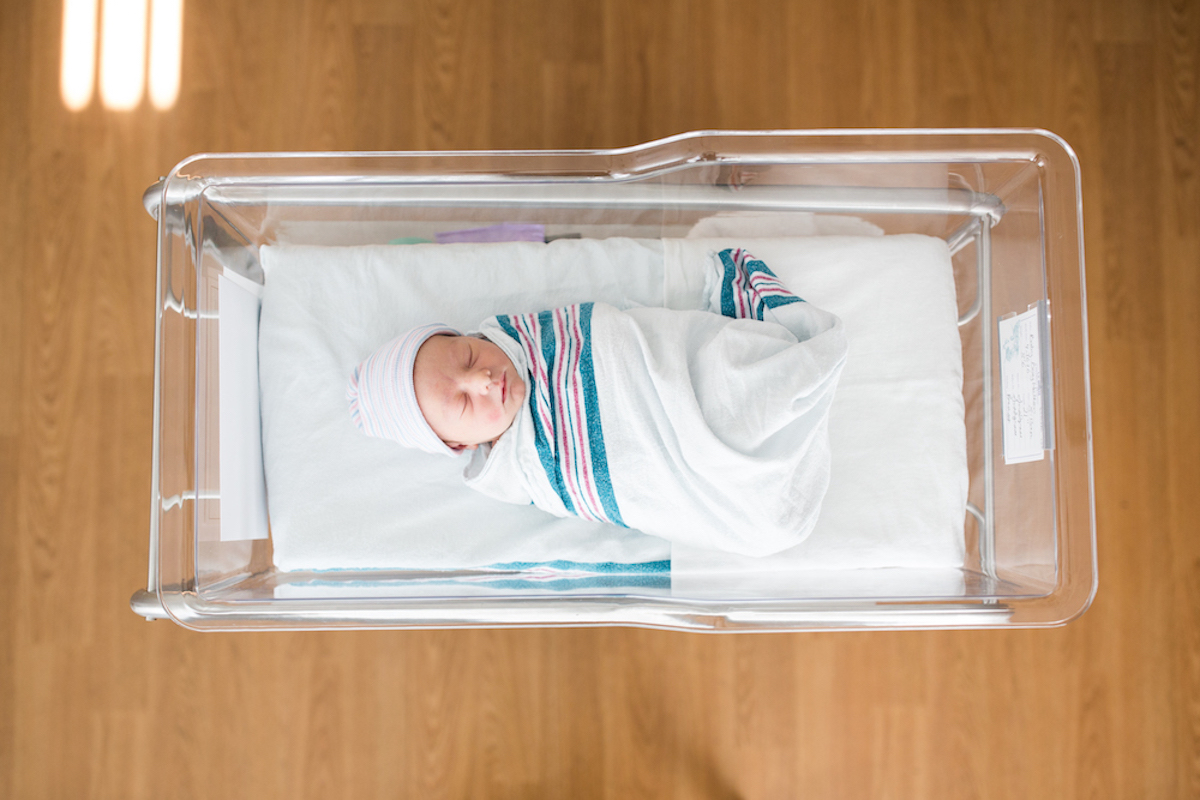Doona just launched a sensor for parents to alert them if their child has been left unattended in a car so that the child doesn’t die in a hot vehicle. This seems like a legitimate thing to be concerned about. Is there data to show that kids dying in hot vehicles is a big enough problem for me to spend $200 (two sensors at $99 each for my two kids’ seats)? Or is it one of those things that sounds super-scary but isn’t actually happening enough to really occupy my anxious parent brain?
—Anxious Chicago Mom
An average of 20 to 30 children a year die in hot cars. Every one of these deaths is preventable, and every one is a terrifying tragedy. Most of these deaths are accidental, resulting from parents not recalling their child is in the car, or the child climbing in a car and becoming trapped there.
As scary as this is, it is also extremely rare. About 40 times as many children die in traffic accidents each year as in hot cars.
This type of risk is hard to think about. Very rare risks that aren’t preventable are ones we should mostly put out of our mind, since we cannot productively affect them. When there is a very rare risk that is preventable, it’s worth considering what we might do, especially in a case like this where there isn’t any benefit we are weighing it against (that is: there is no reason to leave your child in a hot car).
In these cases, there is an opportunity for the market to feed on parental fear. The framing comes close to “If you don’t pay this money, it’s because you do not care if your child dies,” which of course is not true.
Should you buy this? I can’t answer that. What I can say is it’s a very small risk, and this is an expensive product. There are a number of other approaches that you could take, ranging from always storing your handbag in the back with a child to a sign posted on the dashboard.


















Log in